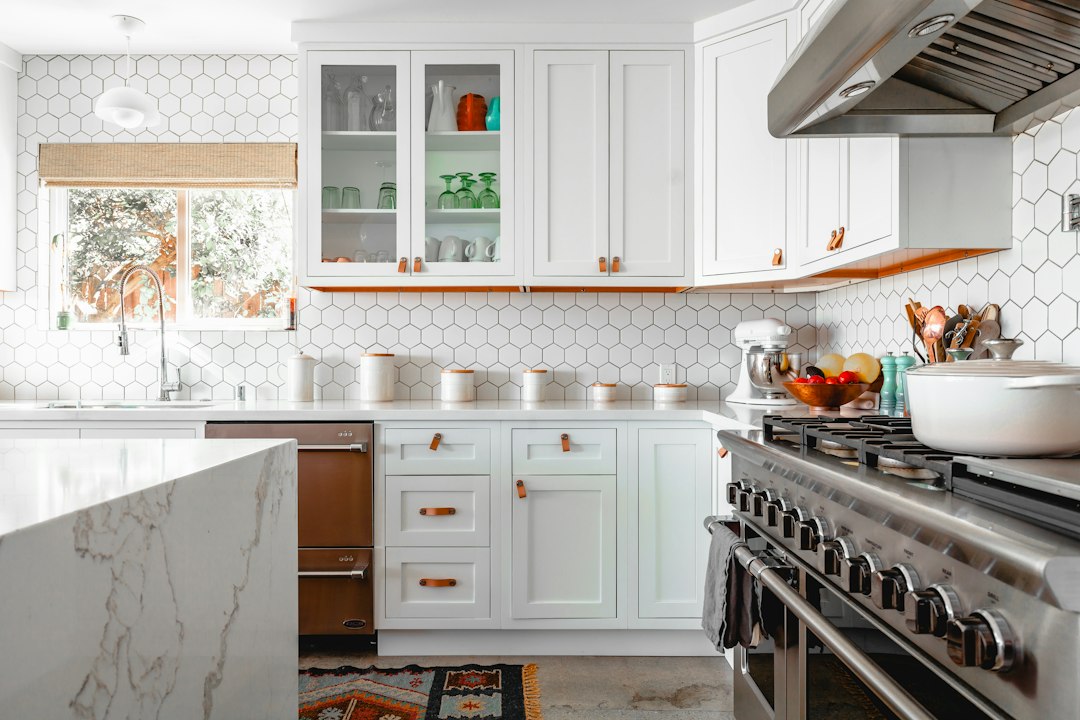If you’re looking to make some extra cash or start a new career in real estate, house flipping may be the perfect venture for you. House flipping involves buying a property at a low price, renovating it, and then selling it for a profit. While this process may seem straightforward, there are several key steps and considerations to keep in mind. In this beginner’s guide, we will walk you through the process of how to flip houses for profit.
1. Research the market: Before diving into the world of house flipping, it’s essential to research the real estate market thoroughly. This includes understanding market trends, property values, and locations that offer a high potential for resale value. The more knowledge you have about the market, the better equipped you’ll be to make informed decisions.
2. Set a budget: Once you have an understanding of the market, create a realistic budget for your project. Consider the purchase price of the property, renovation costs, and any additional expenses like permits, inspections, and closing costs. Having a detailed budget will help you stay on track and ensure you don’t overspend, cutting into your potential profits.
3. Secure financing: Unless you have enough cash to purchase the property outright, you’ll need to secure financing for your house flipping project. Approach banks, private lenders, or consider alternative funding options such as hard money loans. It’s crucial to have a clear understanding of your financing options before moving forward.
4. Find the right property: Look for distressed properties or those with significant potential for improvement. Attend foreclosure auctions, browse online listing platforms, or work with a real estate agent specializing in investment properties. Evaluate each potential property based on location, condition, and potential resale value to ensure you’re making a wise investment.
5. Calculate your profit margin: Once you’ve identified a potential property, calculate the potential profit margin. Subtract the purchase price, renovation costs, and other expenses from the projected resale value. Aim for a profit margin that is at least 20-25% to account for unexpected costs and market fluctuations. This will ensure a healthy return on your investment.
6. Plan your renovations: Careful planning is crucial for successful house flipping. Create a detailed renovation plan that outlines which areas of the property need improvement and the estimated cost for each task. Stick to essential repairs and upgrades that will add value and appeal to potential buyers. Being strategic with your renovations will help you stay within budget and maximize your profits.
7. Hire reliable contractors: Unless you have the necessary skills, it’s advisable to hire reliable and experienced contractors to handle the renovations. Seek recommendations, get multiple quotes, and thoroughly vet potential contractors before making a decision. Poor workmanship can result in delays, additional expenses, and a lower resale value.
8. Monitor progress and stay on schedule: Once the renovations begin, closely monitor progress and communicate regularly with the contractors. Ensure the work is progressing as planned and that any unforeseen issues are addressed promptly. Staying on schedule is crucial to minimize carrying costs and to avoid potential market fluctuations.
9. Market the property strategically: As the renovations near completion, it’s time to market the property strategically. Utilize both online and offline platforms to reach a wide pool of potential buyers. Highlight the property’s key features, emphasize the renovations, and stage the home to create an appealing atmosphere. Effective marketing will generate interest and increase your chances of receiving competitive offers.
10. Close the deal: When you receive an offer, carefully review it and negotiate if necessary. Select the best offer that meets your profit goals and close the deal. Work with an experienced real estate attorney to ensure a smooth transaction, and remember to factor in closing costs and any real estate commissions.
In conclusion, house flipping can be a profitable and exciting venture if approached with careful planning and consideration. By conducting thorough research, setting realistic budgets, and adhering to a strategic renovation plan, you can increase your chances of success. However, it’s crucial to remember that house flipping involves inherent risks, so it’s always wise to start small and build your experience over time. With dedication, perseverance, and a willingness to learn, you can turn house flipping into a profitable business.

